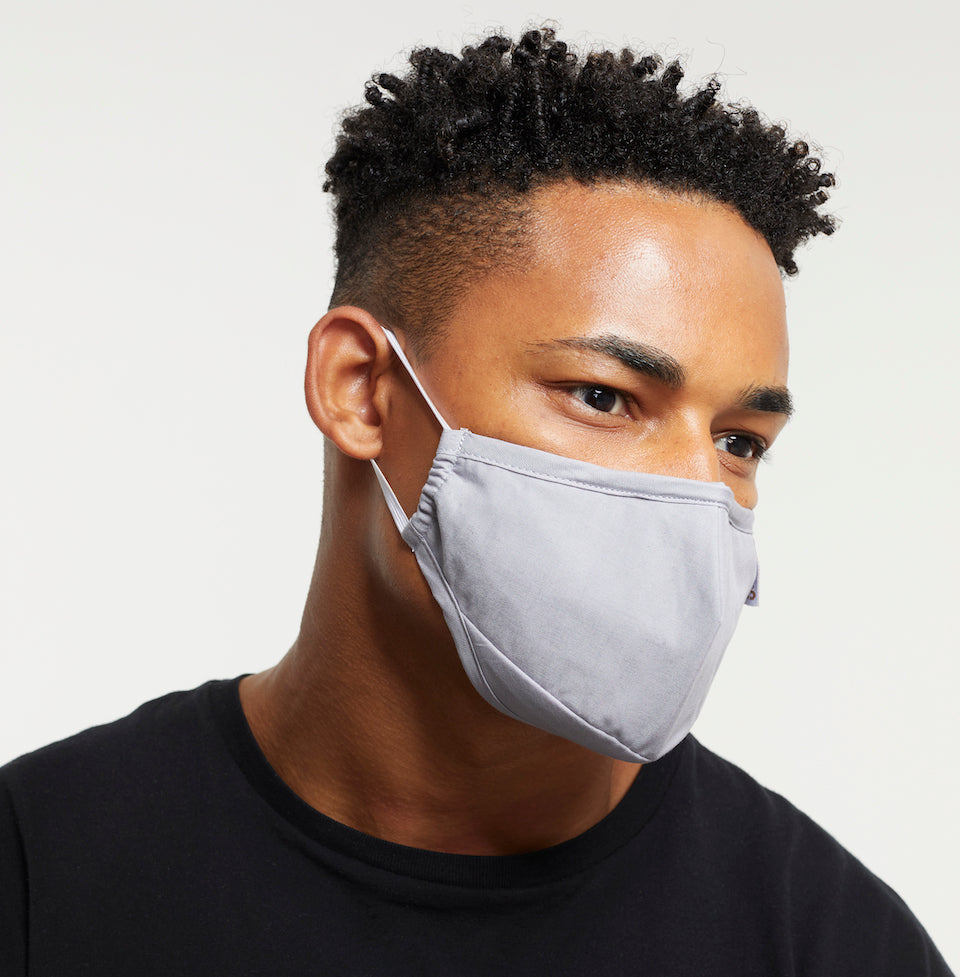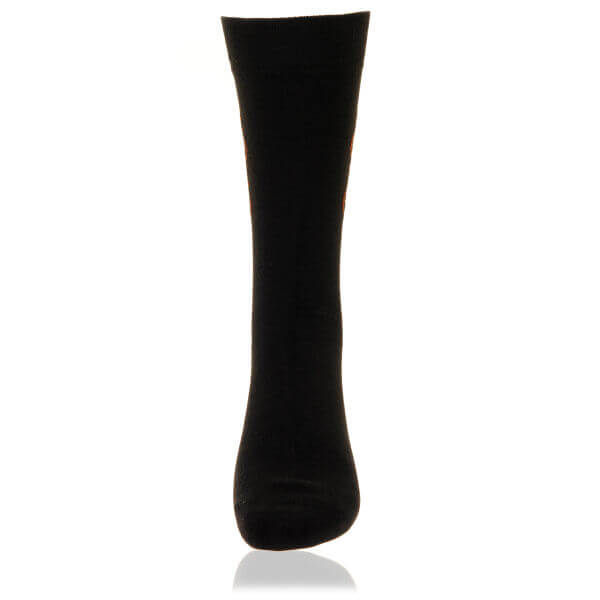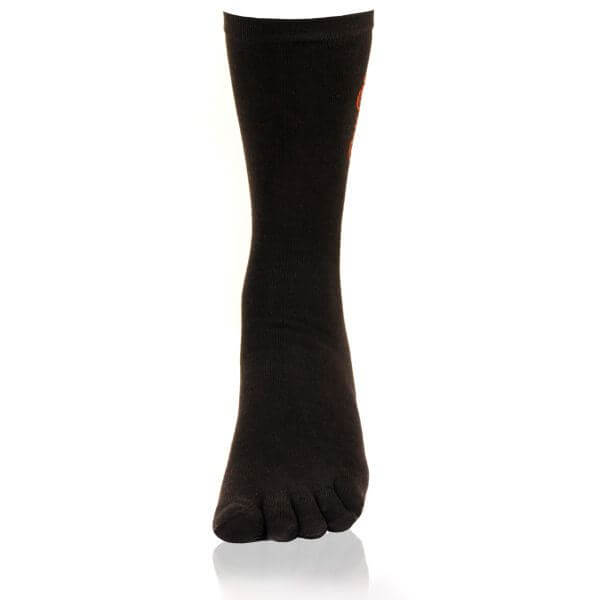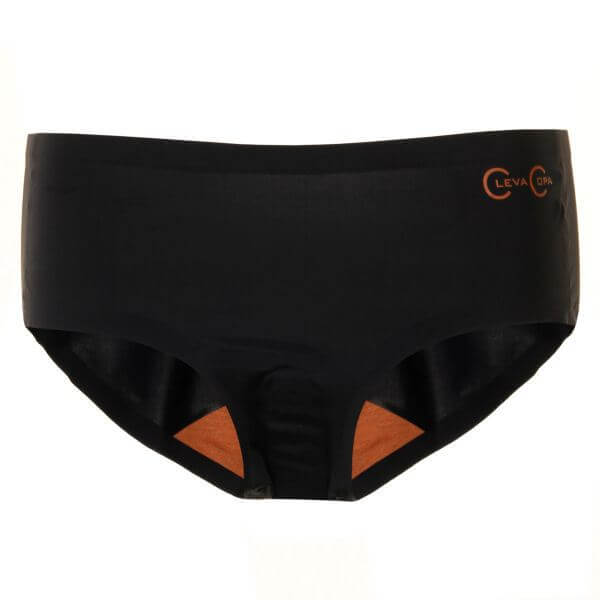Can Compression Socks Help Edema?
Published
March 27 2021
What is Edema?
In the cells of the body, the swelling is caused by the disruption of the usual balance of fluids, which causes an abnormal amount of fluid to accumulate in tissues. This swelling generally occurs in the lower part of the legs and hands, and this is explicitly known as Edema or Peripheral Edema.

What are the Symptoms of Edema?
The symptoms of edema include:
- The affected area may look swollen or puffy
- The affected area may feel heavy or stiff
- The affected area may be bruised or discolored from an injury
- Other symptoms may differ depending on the cause of edema:
- Skin in the affected area may feel tight or warm
- Pitting on the affected area
- Swollen legs or feet making mobility and dressing difficult
- Weight gain because of fluid retention
Who is Generally Affected by Edema?
Edema is more common in older adults and pregnant women, but it can occur at any age and can affect one or both legs and hands. One should see the doctor immediately if the onset is sudden and painful.
What Causes Edema?
Edema can occur because of many factors, but it subsides in one or two days if the cause doesn’t indicate a life-threatening disease. Temporary causes of edema include:
- Injury on the affected area like a bad bruise, torn ligament or a sprain on your leg, ankle or foot can result in swelling and pain.
- Inflammation and fluid retention can also be caused by an infection that’s left untreated.
- Taking long plane flights or car rides without any physical exercise can also cause your legs and ankles to swell.
- 80% of pregnant women develop edema in the hands, feet, and face, and in 50% of the cases, fluid retention occurs in the lower legs. Here, this edema is temporary and goes away after giving birth.
- Hormonal changes during a menstrual cycle can also cause fluid retention in your legs and feet and cause them to swell.
- A few medications for high blood pressure, corticosteroids, hormones like estrogen and testosterone, opioids and drugs for diabetics can also cause edema.

- An allergic reaction to medications, insect bites, or certain foods can also cause edema. Edema that is caused because of allergies and may also result in swelling in your arms and legs is called angioedema.
- A few people are also susceptible to idiopathic edema. It is known as ‘idiopathic’ because the cause of this type of edema is not known, and it affects young women in their 20s and 30s. It is associated with psychological triggers and lifestyle diseases like obesity and diabetes. Symptoms include swelling on the face, trunk and limbs.
- Excess weight gain can also put pressure on veins and result in edema.
- Wearing tight clothing like tight pants, pantyhose, or leggings for a prolonged time may give rise to edema.
- Moving to a lower altitude from a higher altitude can also cause edema. This usually subsides after two weeks when your body adjusts to the altitude.
- Other serious causes of edema include diseases like:
- Congestive heart failure
- Pericarditis, the inflammation of the thin outer membrane surrounding your heart
- Pulmonary hypertension
- Blood clot
- Renal failure
- Liver cirrhosis
- Sleep apnea
How Can You Treat Edema?
The treatment of edema depends on what causes the swelling. If you’re treating the edema for another serious disease, your treatment for the disease will include treatment for edema. If lifestyle conditions cause edema, here are a few ways to provide temporary relief:
-
Incorporate Exercise in Your Routine:
Elevate your arms and legs above the level of your heart a few times a day and sleep with a pillow under your legs at night. If you have a sedentary job, take short breaks at regular intervals and do some form of light exercise.
A few stretches or physiotherapy exercises suggested by a doctor or physical therapist can go a long way in providing you with relief from aches and swelling caused by edema.

-
Try Compression Socks:
Compression socks help promote venous blood flow and provide gentle graduated pressure on the leg veins and valves, specially to pregnant women. This pressure improves blood circulation because of the compression of surface arteries, veins, and muscles in the lower legs. Since lowered blood flow is symptomatic of edema, compression socks can come to the rescue by preventing and reducing this disease's intensity. If the compression socks have the added advantage of copper-infused fabric, they will give many added benefits. Copper compression socks can help improve blood circulation, act as an anti-inflammatory agent and help you keep your skin healthy because of the presence of copper.

Compression socks can also be great to help you deal with post-workout aches and pains. But the most important thing to remember is they will be most helpful if you select a good-quality pair and wear them properly. Speak to our team at Copper Clothing to understand which is the most suitable for your condition. But before that, it’s best to consult your doctor to understand if and how compression socks can help with your particular condition, when and how long they can be worn for.
ultimate guide to copper compression socks -
Make Dietary Changes:
A low salt diet can help with the reduction of fluid buildup and swelling in the affected area. Refined carbohydrates, processed foods and alcohol also add to the fluid volume inside your body, so they should be cut from your diet when trying to deal with the symptoms of edema.
Peripheral edema or edema is a condition that can be maintained with these proper exercises, a few diet changes and wearing Copper Compression Socks after you consult a doctor.































